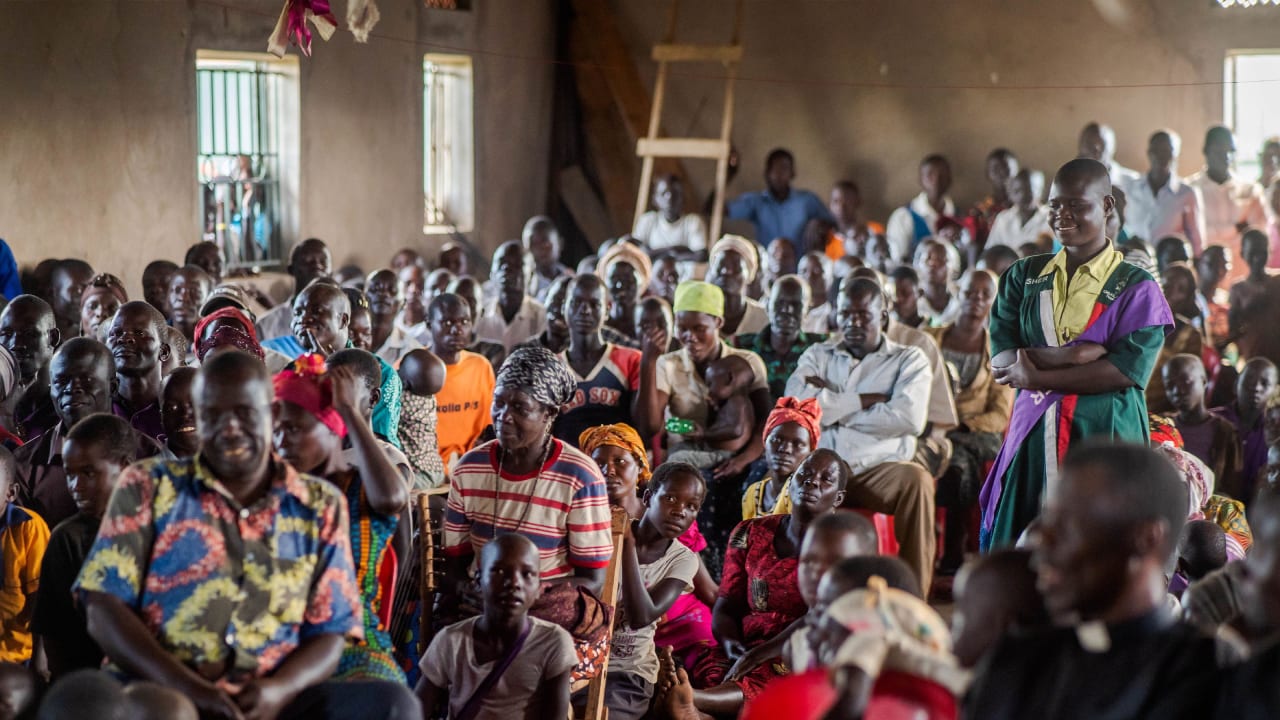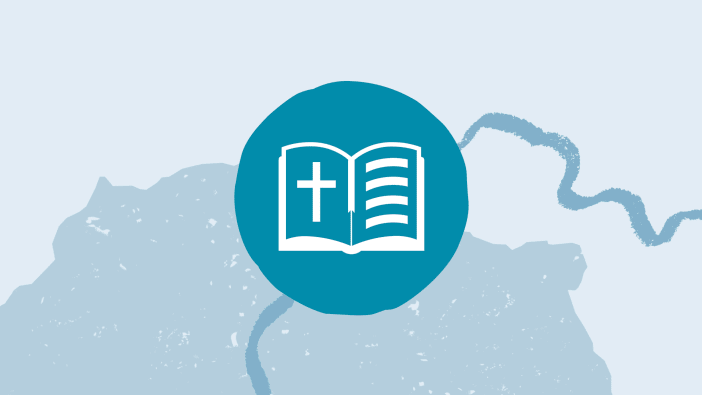This booklet contains 12 Bible studies covering a range of topics related to sexual violence. It includes guidance for facilitators and advice on adapting the Bible studies for use as sermons.
Bible studies
Hand in hand: Bible studies to transform our response to sexual violence
Exploring what the Bible says on the issue of sexual violence
2015 Available in English, French, Portuguese, Hindi and Nepali

People from the local community gather at a special Church of Uganda service in Kaberamaido district, Uganda. Photo: Todd Weller/Tearfund

From: Changing gender norms: Transforming Masculinities
Transforming Masculinities is Tearfund’s evidence-based intervention to end sexual and gender-based violence and promote gender-equal societies
Download resource
Other languages
Similarly Tagged Content
Share this resource
If you found this resource useful, please share it with others so they can benefit too.

Get our email updates
Be the first to hear about our latest learning and resources
Sign up now - Get our email updates


